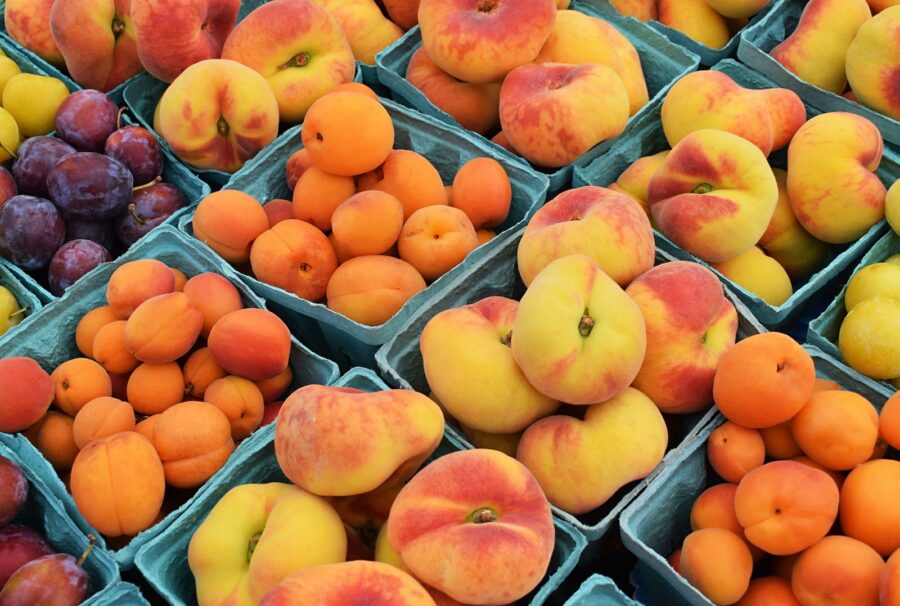Summer offers the perfect opportunity for grocers to offer locally grown produce to differentiate themselves from the competition. Shoppers are looking for fresh foods for all occasions, from morning meals to barbecues, and positioning the right fruits and vegetables in the right way can help drive larger baskets.
One important opportunity local produce fosters is storytelling, according to Eric Weinert, Owner of Hawaii Papaya Direct and the President of the Hawaii Papaya Industry Association. Locally sourced fruits and vegetables often come from growers with roots in the area, and getting across their history in the community can help make these items appeal to socially conscious shoppers.
“When I think of local, it is supporting farmers in your area as opposed to a giant multinational corporation,” said Weinert. “Grocers should tell more of a story about how their produce is local. For example, my organization used the line, ‘Hawaii Papaya is the only papaya grown in America,’ and that told a story of local American farmers growing our local produce. Grocers should work with their distributors and local growers to tell the story of the areas their produce comes from.”
Additionally, while it’s important to highlight what you’re offering, it doesn’t necessarily make sense to isolate local produce in its own part of the aisle. Weinert noted that regardless of whether it’s a tropical fruit or a common vegetable, local produce should be displayed near similar products, not whatever else came from local farmers.
When it comes to sourcing the right produce for your summer selection, it may just be a matter of speaking with your usual distributors. After all, these companies work with both grocers and growers, giving them good insight into what will be a natural fit.
“Work with distributors and try multiple distributors out,” said Weinert. “I tend to lean toward working with distributors who work consistently and have lots of customer feedback. High volume usually connotes good quality, and you can’t survive selling bad product to supermarkets for years.”
Grocers who want to expand their produce selection with local options (or even simply add more bright flavors for the height of summer) also stand to benefit from keeping an eye on what shoppers are buying. Research from Circana revealed that the top fruits seeing annual growth through May 2023 include pomegranates, plums, specialty fruit, and papaya. Fruit and vegetable party trays have also experienced significant growth.
Fresh produce can also drive trips during this time of shrinking wallets. Circana also found that 40% of shoppers are more conscious of consuming fresh foods before they go bad than they have been in the past, making a great fresh selection a reason to keep customers coming back. While not even the freshest fruits and vegetables are immune to the pressures of inflation, high-quality, locally sourced produce can tempt shoppers to pay a little more.
“People are willing to pay for quality and produce that they like,” said Weinert. “There is a segment of the population that is willing to pay extra for quality versions of the fruits they like. For instance, our company Hawaii Papaya has grown despite inflation because there is a growing market of people who will pay a premium for quality tropical fruits shipped to their door. Fresh, high-quality produce delivery right to the customers door is not something grocers are really doing.”












